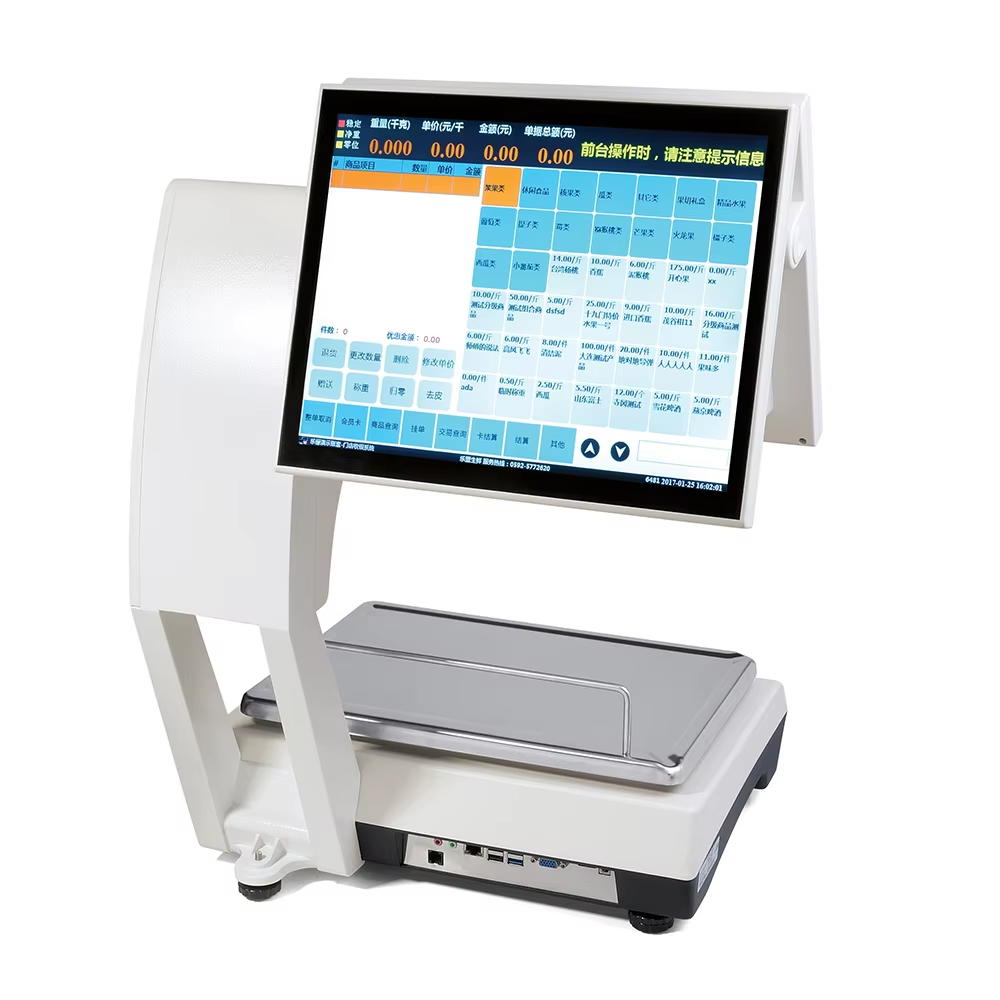The retail landscape has undergone a dramatic transformation in recent years, with technology playing an increasingly vital role in streamlining operations. At the forefront of this revolution is the electronic shelf label system, a game-changing solution that's reshaping how stores manage pricing and inventory. Gone are the days of manual price updates and paper labels – today's competitive retail environment demands more efficient, accurate, and dynamic pricing solutions.
Traditional paper-based pricing methods not only consume valuable staff time but also introduce numerous opportunities for errors and inconsistencies. Modern retailers are discovering that implementing an electronic shelf label system can dramatically improve operational efficiency while ensuring pricing accuracy across their entire store network. This comprehensive guide will help you understand the key factors to consider when selecting the perfect electronic shelf label solution for your retail business.
The foundation of any electronic shelf label system lies in its display technology. Modern ESL solutions typically utilize either E-paper (electronic ink) or LCD displays. E-paper technology offers superior readability under various lighting conditions and consumes minimal power, making it an excellent choice for most retail environments. The displays should provide clear visibility from multiple angles and maintain legibility even in bright store lighting.
Advanced electronic shelf label systems now feature multi-color displays, allowing retailers to highlight promotions, discounts, or special offers effectively. The quality of the display directly impacts customer experience, so it's crucial to evaluate factors such as contrast ratio, viewing angle, and refresh rate when selecting a system.
The communication network forms the backbone of an electronic shelf label system. Most modern systems utilize wireless technologies such as RF (Radio Frequency), infrared, or Bluetooth Low Energy (BLE) to transmit data between the central management system and individual labels. The choice of communication protocol affects system reliability, update speed, and scalability.
When evaluating communication infrastructure, consider factors such as signal penetration, interference resistance, and network capacity. A robust system should maintain stable connectivity even in challenging retail environments with metal shelving, high ceilings, or dense product arrangements.
A successful electronic shelf label system must seamlessly integrate with existing retail management systems, including POS terminals, inventory management software, and e-commerce platforms. This integration ensures consistent pricing across all sales channels and enables automated price updates based on various factors such as inventory levels, competition, or time-based promotions.
Look for systems that offer standardized APIs and support common retail protocols, making it easier to connect with your current technology stack. The ability to integrate with analytics tools can provide valuable insights into pricing strategies and their impact on sales performance.
Operational efficiency heavily depends on the system's maintenance requirements. Modern electronic shelf label systems typically offer battery life ranging from 5 to 10 years, depending on update frequency and display technology. Long battery life reduces maintenance costs and minimizes disruption to store operations.
Consider systems that provide battery level monitoring and predictive maintenance capabilities. This allows for proactive replacement planning and helps avoid unexpected label failures. The physical durability of labels is equally important, as they must withstand daily handling and cleaning procedures.
The success of an electronic shelf label system implementation largely depends on proper installation and staff training. Look for vendors that offer comprehensive installation services and provide detailed documentation. The system should be user-friendly enough for store staff to manage daily operations with minimal training.
Consider the time and resources required for initial setup, including system configuration, label mounting, and staff familiarization. A good vendor will offer ongoing support and training materials to ensure smooth operation as new staff members join your team.
Retail technology continues to evolve rapidly, and your electronic shelf label system should be able to adapt to future needs. Consider systems that offer regular software updates and feature additions through over-the-air updates. The ability to add new functionality without hardware replacement can significantly extend the system's useful life.
Evaluate the vendor's track record of innovation and their roadmap for future developments. A forward-thinking provider will offer solutions that can integrate with emerging technologies such as AI-driven pricing optimization, real-time inventory management, and enhanced customer engagement features.

Understanding the total cost of ownership for an electronic shelf label system involves several components. Beyond the obvious hardware costs for labels and communication infrastructure, consider expenses related to installation, staff training, and potential store modifications. Some vendors offer flexible pricing models, including leasing options that can help manage upfront costs.
Factor in any necessary upgrades to existing IT infrastructure and the potential need for professional services during implementation. While premium solutions may have higher initial costs, they often provide better long-term value through reduced maintenance and longer service life.
Calculate the return on investment by considering both direct cost savings and indirect benefits. Direct savings include reduced labor costs for price changes, decreased pricing errors, and lower paper and printing expenses. Indirect benefits might include improved customer satisfaction, increased sales through dynamic pricing, and better inventory management.
Consider the system's impact on operational efficiency, pricing agility, and competitive positioning. A well-chosen electronic shelf label system should pay for itself through operational improvements and increased sales performance within a reasonable timeframe.
Implementation timeframes vary depending on store size and complexity but typically range from a few days to several weeks. This includes physical installation, system configuration, testing, and staff training. Most vendors offer phased implementation approaches to minimize disruption to store operations.
Modern electronic shelf label systems are designed with fail-safes to maintain price display during power or network outages. Labels retain their current display information even without power, and most systems include backup power supplies for central components. Once power or connectivity is restored, the system automatically synchronizes to ensure all prices are current.
Yes, contemporary electronic shelf label systems can display various information including product details, QR codes, stock levels, promotional messages, and customer reviews. Advanced systems even support dynamic content updates and integration with mobile shopping apps to enhance the customer experience.
 Hot News
Hot News2024-09-14
2024-11-18
2023-11-14
2023-04-12
2019-07-11